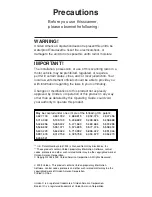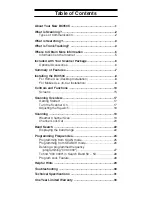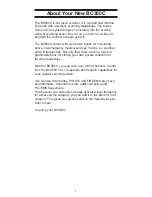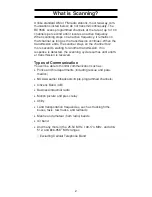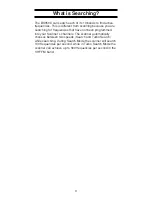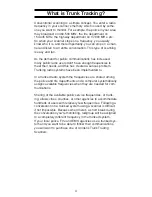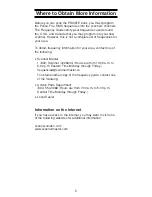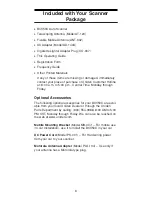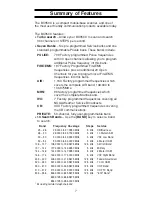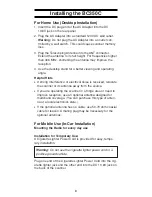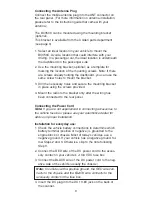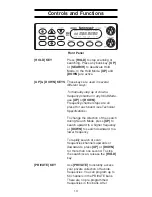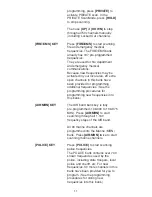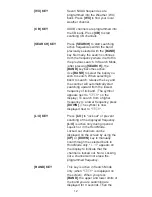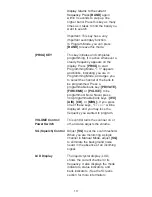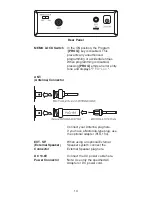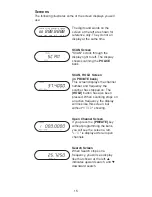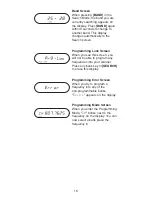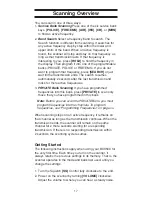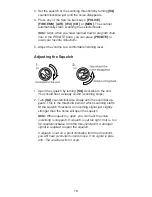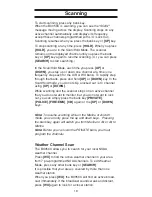
4
What is Trunk Tracking?
Conventional scanning is a simple concept. You enter a radio
frequency in your scanner’s memory which is used by some-
one you want to monitor. For example, the police in your area
may broadcast on 460.500 MHz, the fire department on
154.445 MHz, the highway department on 37.900 MHz, etc.
So when your scanner stops on a frequency, you usually
know who it is, and more importantly, you can stop on a chan-
nel and listen to an entire conversation. This type of scanning
is easy and fun.
As the demand for public communications has increased,
many public radio users don't have enough frequencies to
meet their needs, and this has created a serious problem.
Trunking radio systems have been implemented to.
In a trunked radio system the frequencies are shared among
the police and fire departments and a computer systematically
assigns available frequencies when they are needed for com-
munications.
Sharing of the available public service frequencies, or trunk-
ing, allows cities, counties, or other agencies to accommodate
hundreds of users with relatively few frequencies. Following a
conversation on a trunked system using a scanner is difficult,
if not impossible. Because when there's a short break during
the conversation you're monitoring, talkgroup will be assigned
to a completely different frequency in the trunked system.
If your local police, FIre and EMS agencies use a trunked sys-
tem and you want to be able to follow their communications,
you will want to purchase one of Unidens Trunk Trading
Scanners.

